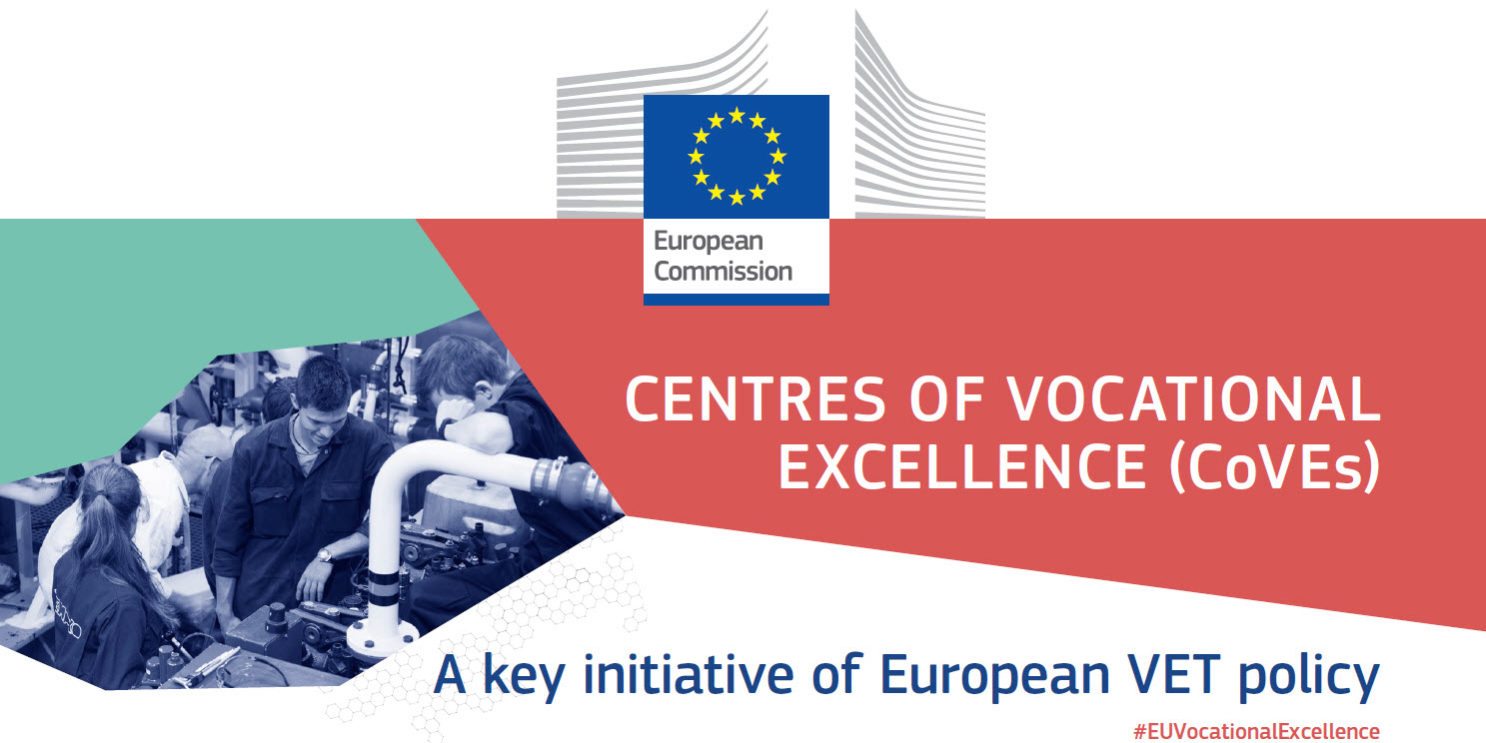With the aim of facilitating the generation of new knowledge related to Advanced Manufacturing Technologies and the skills and competences needed to implement and work with them, our Open Innovation Community will bring together agents with different types of knowledge (Jensen et al. 2007) – knowledge-what, knowledge-why, knowledge-who, and knowledge-how – and support the development of joint collaborative projects.
Collaboration among research, education and industry agents is not easy. Our work cultures and interests differ (being more productive, publishing papers, training students, etc.). Some evidence suggests that building communities can be a way to overcome barriers (von Hippel 2005, 2017; Lakhani et. al. 2013). Some authors refer to the work of overcoming barriers as “boundary spanning” (Tushman 1977).
Communities make sense when the knowledge is widely distributed among different agents and when the information is very costly to move from one agent to the other2. (Lakhani et. al. 2013).
The EXAM OIC is based in the triple, quadruple, or n-ple helix models3, that arouse after the criticisms to the so-called “linear model”, “science-push”, or “STI mode” of innovation. Helix models are systemic ways of understanding innovation. Lundvall’s work on National Innovation Systems is very famous among those models and it has been very influential in OECD countries. In general, systemic innovation models empathize that innovation is systemic and that it is done by different actors by Doing, Acting, and Interacting (Lundvall’s well known DUI model).
The EXAM OIC will promote collaborative projects between members of the community and VET centres working on the CLF or companies, especially SMEs. The main types of projects we envision are6:
- Find applications for findings of Basic Research. Applications to products, processes, operations, and systems.
- Experimental developments: prototypes, troubleshooting, tooling-up, etc.
- Technical support.
- Training.
- Entrepreneurship support.
And they will be carried out at different levels:
- International, mostly supported by EU funding through different programmes (mainly Horizon Europe and Erasmus+).
- National/Regional/Local, supported by national/regional/local funds or by individual organisations that want to finance the projects.
The projects are demand-driven (not research-driven) and they start from a request or a proposal made in the community. An institution (SME, VET centre, R&D, etc.) presents a technological challenge they are facing or a project idea they want to develop, and all community members can comment on that. Then, if a critical mass of agents (the necessary amount to carry out the project) want to work together, the project will start at international or national/regional/local level.
The LCAMP platform, as a scale-up of the EXAM4.0 project, through its different services, will be the source of many of the challenges and projects ideas:
- The Observatory (WP2), through the trends detected in technologies and skills, may inform us of market demands (new occupations, new regulation, etc.) and interesting research findings (still without application). Members of the OIC may want to propose projects in the community to address these issues by means of applied research7 projects.
- The CUBE (WP4), through the information it gathers, will inform us of specific training needs that remain uncovered. Members of the OIC may want to work together to address them.
- The CLF (WP5), through the challenges it faces in the implementation of Key Enabling Technologies in the CLFs, will share their challenges in the community to try to find an answer to them.
- ADMA (WP6), through the ADMA assessments, the ASP and coaches will redirect companies challenges related to the transformations to the OIC to create new training when necessary or to collaborate with the OIC in a project to improve a product, process, to prototype something, etc.
The benefits of such a community are, for different agents:
- SMEs: helps them to be more competitive by advancing in the ADMA transformations.
- VET/HVET centres: helps them to be updated, aware of the real needs of the labour market, and to implement cutting edge technologies in their CLFs.
- Entrepreneurs: find business opportunities.
- Governments: increased innovation levels.8
References
Echeverría, Javier, (2017): El Arte de Innovar. Naturalezas, Lenguajes, Sociedades. Plaza y Valdés Madrid.
European Commission (1995): Green Paper on Innovation. https://op.europa.eu/en/publication-detail/-/publication/ad1d6f21-0b2e-423f-9301-c608035e906f
Godin, Benoit, (2017). Models of Innovation. The Development of an Idea. The MIT Press.
Jensen, Morten & Johnson, Björn & Lorenz, Edward & Lundvall, Bengt-Åke. (2007). Forms of Knowledge and Modes of Innovation. Research Policy. 36. 680-693. 10.1016/j.respol.2007.01.006.
OECD (2015), Frascati Manual 2015: Guidelines for Collecting and Reporting Data on Research and Experimental Development, The Measurement of Scientific, Technological and Innovation Activities, OECD Publishing, Paris, https://doi.org/10.1787/9789264239012-en.
Tushman, Michael (1977)”Special Boundary Roles in the Innovation Process”. Administrative Science Quarterly. 22 (4): 587–605. doi:10.2307/2392402. ISSN 0001-8392. JSTOR 2392402
von Hippel, Eric, (1994): “Sticky Information”” and the Locus of Problem Solving: Implications for Innovation. MIT Sloan School of Management Working Paper Published in Management Science 40, no.4, April 1994: pp 429-439
von Hippel, Eric, (2005): Democratizing Innovation. The MIT Press.
von Hippel, Eric, (2017): Free Innovation. The MIT Press.



